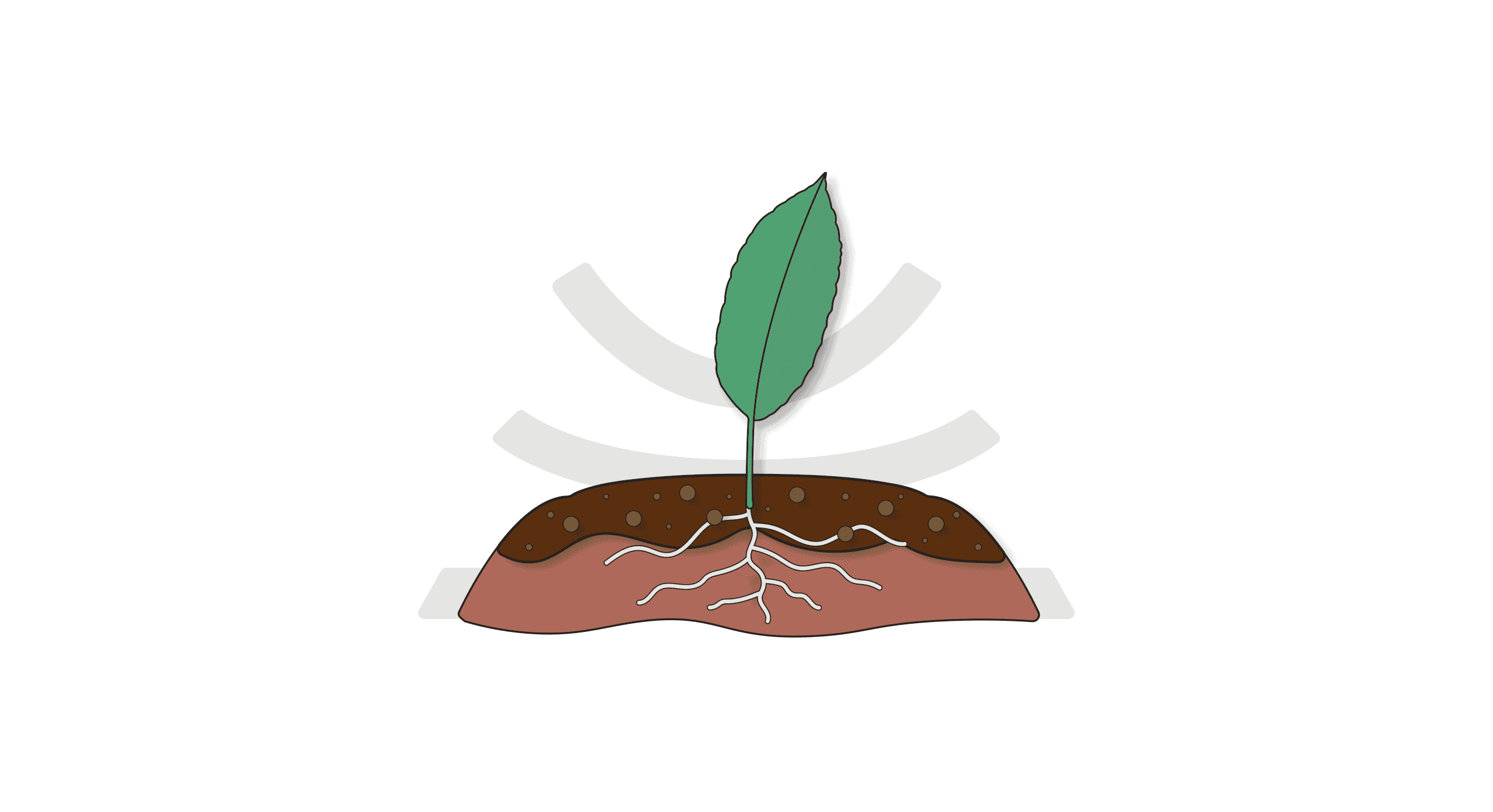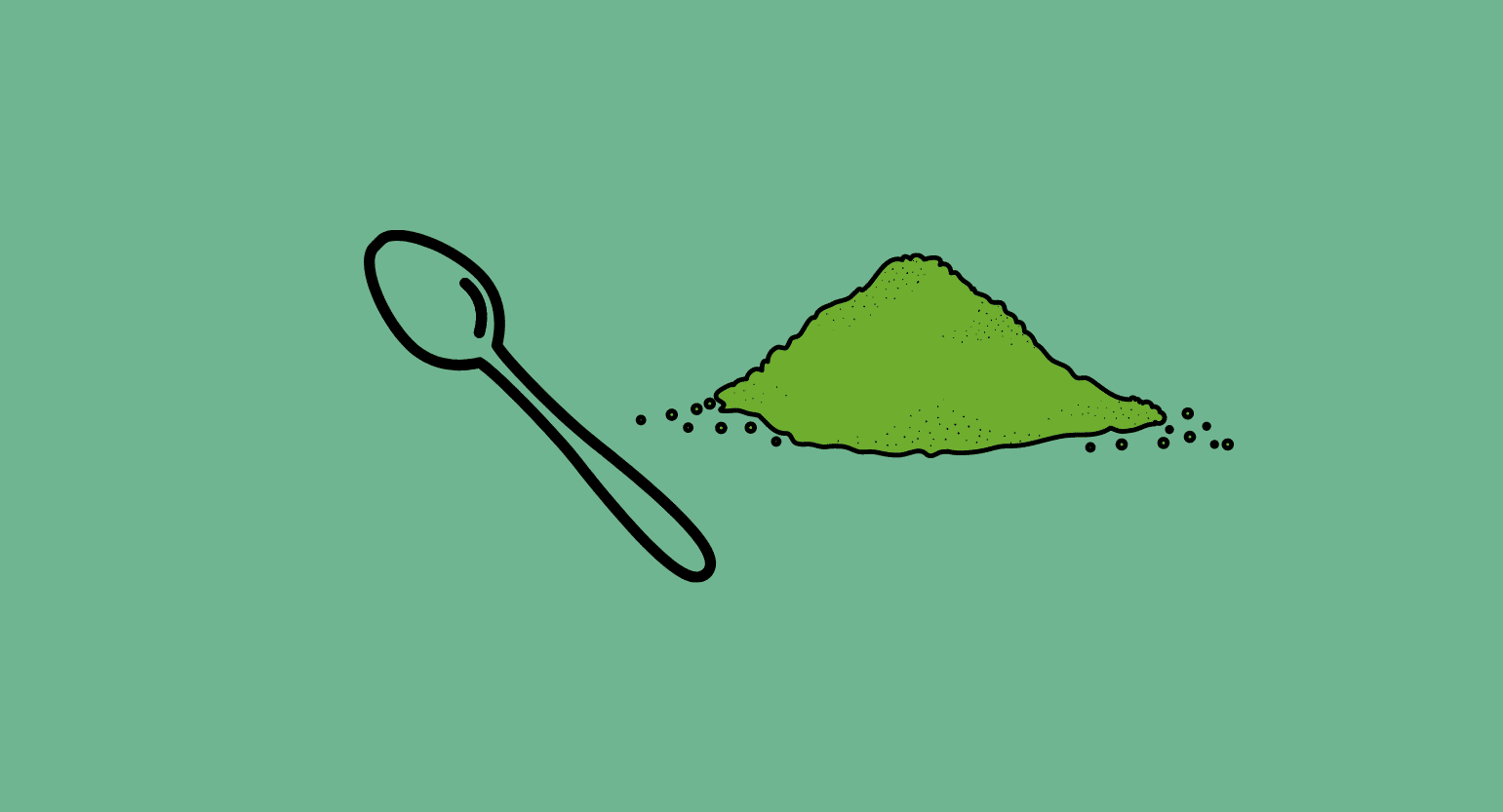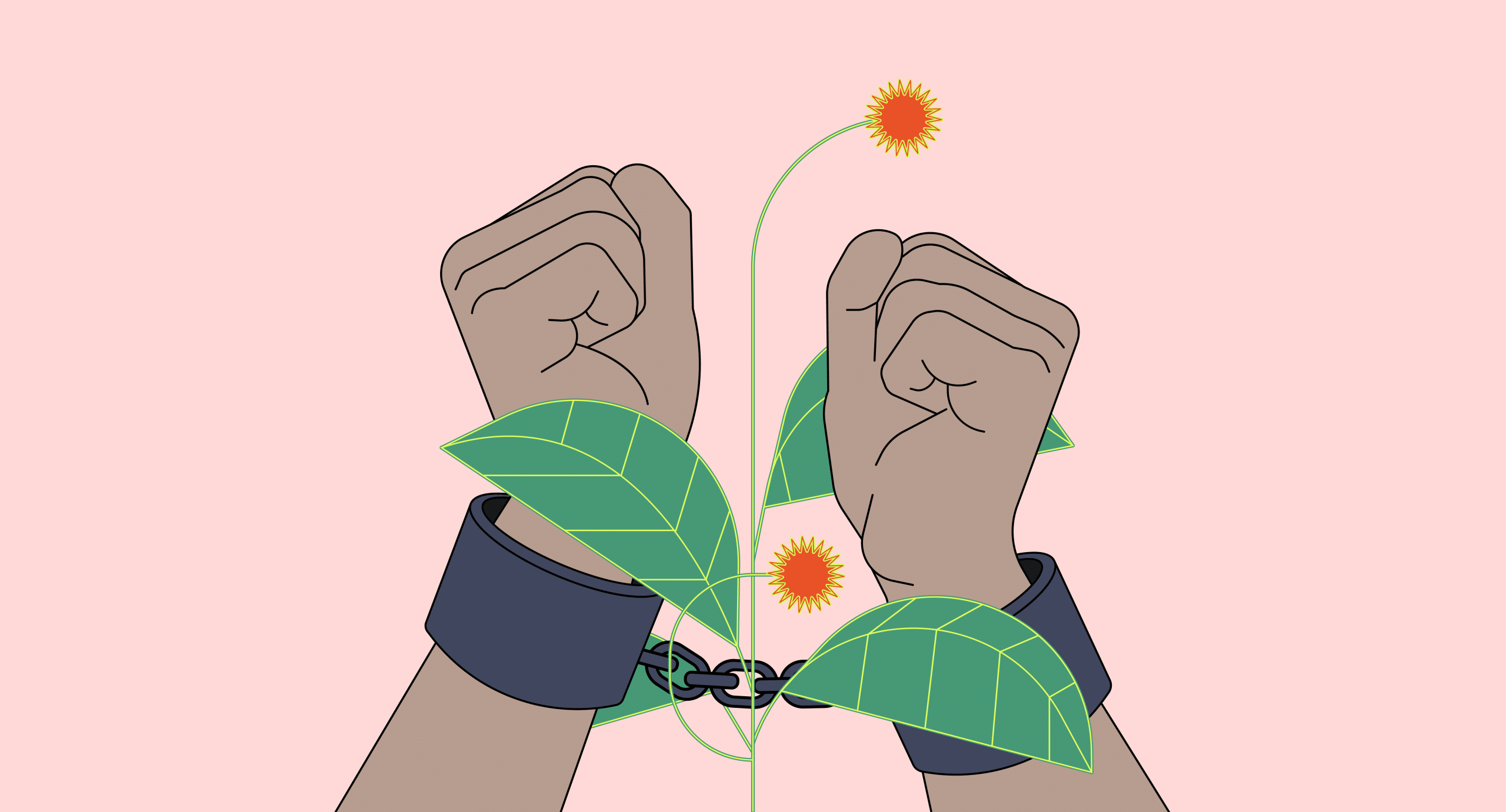The Effects Of Fertilization On Kratom
Studies are limited, but the subject has researchers interested in the possibilities. The few studies available show compelling proof that more research is needed.
Fertilizer & Plant Growth
One study observed the effects of fertilizer on kratom crops. It seemed that improved cultivation techniques are helpful for a larger yield of kratom plant material used for production [1].
Researchers from this study obtained 68 cuttings from a single mother stock for cloning. Using a single tree for a source of propagation reduced the risk of genetic variations among the new plants.
The controlled batch receiving no fertilization had the lowest mass of dry leaf product per plant. On the other hand, the fertilized test groups produced a significant increase in plant mass that was respective to the amount of fertilizer applied. Therefore, more fertilizer generated a higher yield.
The trees given the most liberal amounts of fertilizer resulted in a large mass of leaves compared to the other test groups. This results in greater harvestable plant matter per tree, giving farmers the upper hand to create more profit.

Fertilizer & Alkaloid Concentration
Scientists took an interest in how the application of fertilizer affects mitragynine concentration since it was measurable. However, they concluded that the fertilizer had no noticeable influence on the amounts of mitragynine recorded.
Fertilizing kratom trees may produce more leaf and plant matter for production, but it doesn’t appear to pack in any more mitragynine or 7-hydroxymitragynine.
Fertilizer’s Effect on Secondary Alkaloids
This in-depth study observed data to determine if fertilizer produced higher concentrations of secondary metabolites found in kratom leaves.
Paynantheine responded substantially on the final sampling date in the test group with the highest fertilization rates. However, speciociliatine concentrations had a very opposite outcome, where the strength of the compound sank in fertilized groups around the final days of the test.
On average, the fertilizer expressed noticeable results in the concentrations of speciogynine, corynantheidine, and isocorynantheidine. However, the test results didn’t tie much of the story together, and the results were somewhat sporadic.
For example, speciogynine showed greater concentrations in the test groups receiving moderate amounts of fertilization. In contrast, corynantheidine and isocorynantheidine showed more substantial results in the groups with lower fertilization levels.

Can Environmental or Genetic Factors Create New Kratom Strains?
Hundreds of varieties of cannabis are widely recognized in the industry, although there are three different categories: Cannabis sativa, Cannabis indica, and Cannabis ruderalis. Kratom is quite similar because it’s also used medicinally and is separated into three general categories (red, white, and green), with various strains available.
The cannabis industry, in a way, opened the door for plants like kratom to be more recognized and accepted, but not without its challenges. Researchers are pushed to conduct studies surrounding these beneficial botanicals.
Kratom is available in different types. Strains usually include their region and vein color. For example, Red Vietnam Kratom would indicate the strain is a red vein and originates from Vietnam.
Different strains have different flavors, appearances, most importantly, effects. For example, some kratom powder is darker than others and tastes more bitter due to the farmers’ drying and fermentation techniques. Some are potent stimulants, while others will put you to sleep.
It seems possible to discover new kratom strains similar to how cannabis works. Cultivators develop different types of weed, known as cultivars, by tweaking genetics and creating unique pairings to create superior breeds. These modified plants are bred to have certain desired traits and reproduced in new generations via grafting, tissue cultures, or controlled seed production.
The process is possible for most other botanicals as well.
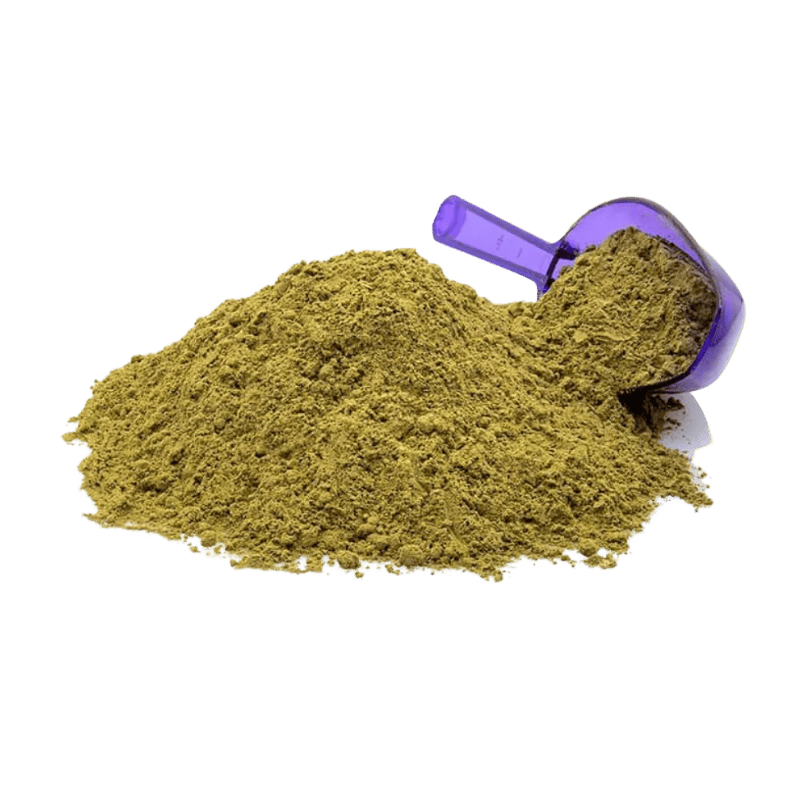
Why Increased Alkaloid Levels Matter
Researchers have been trying to fully understand the pharmacology of the kratom leaf to see precisely what makes them so unique. Recent studies provide evidence that the alkaloids found within the leaves possess medicinal properties.
Two prominent alkaloids in kratom — mitragynine and 7-hydroxymitragynine — are responsible for most of its therapeutic properties. Each acts on various systems, such as the opioid, serotonin, and dopamine receptors, and has antidepressant, anxiolytic, analgesic, and nootropic effects, among other potential benefits [2, 3].
Mitragynine is the primary alkaloid found within kratom and accounts for about two-thirds of the alkaloid content in the whole leaf.
The other compound, 7-hydroxymitragynine, remains low in plant matter harvested directly from the trees. The low initial levels are due to the alkaloid developing during oxidation, which occurs when the leaves are placed in direct sunlight to dry before being pulverized.
Paynantheine, speciogynine, and mitraphylline are all molecular compounds found within kratom that also support muscle relaxation. Speciociliatine and corynantheidine are opioid agonists [4, 5], which may help manage and reduce opioid withdrawal symptoms. Also, some researchers suggest that corynoxine may be able to combat neurodegenerative disorders [6].
Mitraphylline elicited anti-inflammatory responses that modulated neutrophil activation, contributing to the attenuation of inflammatory episodes. Researchers call it a candidate for inflammatory disease therapies [7].
However, scientists have yet to further their research into the industry. For example, they haven’t dug into how the location, environment, and farming practices or conditions may alter these compounds, potentially making them milder or stronger strains.

Current Kratom Cultivation
Kratom cultivators must push themselves to learn, study, and adapt to new agricultural techniques that produce higher yields and boost the value of specific compounds within the plant. Taking a scientific approach to farming seems to work well and serves consumers and farmers alike.
The nations where most of the kratom comes from are still in development. Therefore, it will most likely take some time for native farmers in these Southeast Asian countries to begin implementing the scientific techniques of horticulture. However, producing larger yields of kratom to meet supply and demand offers some extra initiative.
They’ve been doing this for centuries and know how to farm kratom properly. However, there is always room to improve and perfect the process. Someday,y these farmers will get to the point where they are eager to learn more and try new things. Although, it’s pretty tricky to pull native farmers away from traditional methods that have been used successfully for hundreds of years.
Farming communities will strengthen their businesses and grow and adapt as time moves forward. If kratom can remain legal in Indonesia, then the kratom industry will indeed have the opportunity to become more advanced.
So far, the only experiments with kratom have been with the Maeng Da strains, which are usually manufactured and bred via grafting. Grafting is when plants are spliced together to create a new breed. They’ve dabbled in these techniques, but one day we may see kratom cultivators digging deeper into genetically modifying kratom.
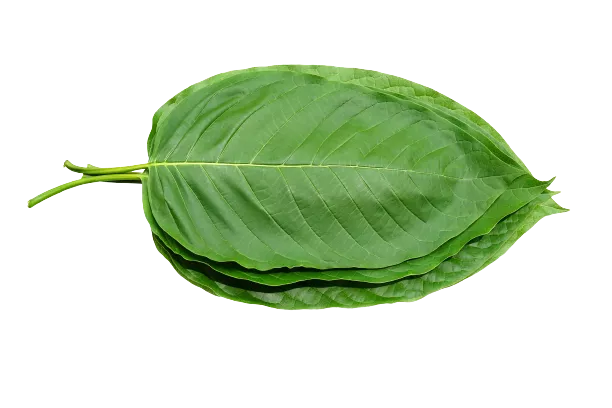
Conclusion
It seems that applying fertilizer can positively impact kratom during growth. Higher amounts of fertilizer produced more significant quantities of kratom leaves than trees with no fertilizer.
In addition, secondary metabolites found in kratom, like speciogynine, corynantheidine, and isocorynantheidine, appeared to increase depending on the total fertilizer given to the trees.
Unfortunately, fertilization didn’t have a noticeable influence on the concentrations of mitragynine or 7-hydroxymitragynine, two of the more powerful and well-known alkaloids found in kratom.
Farmers may utilize fertilization and improved cultivation techniques to boost their yields and produce strains with higher levels of beneficial secondary metabolites like the aforementioned ones.
- Zhang, M., Sharma, A., León, F., Avery, B., Kjelgren, R., McCurdy, C. R., & Pearson, B. J. (2020). Effects of nutrient fertility on growth and alkaloidal content in Mitragyna speciosa (Kratom). Frontiers in Plant Science, 11, 597696.
- Buckhalter, S., Soubeyrand, E., Ferrone, S. A., Rasmussen, D. J., Manduca, J. D., Al-Abdul-Wahid, M. S., … & Perreault, M. L. (2021). The antidepressant-like and analgesic effects of kratom alkaloids are accompanied by changes in low frequency oscillations but not ΔFosB accumulation. Frontiers in Pharmacology, 2002.
- Halpenny, G. M. (2017). Mitragyna speciosa: Balancing potential medical benefits and abuse. ACS Medicinal Chemistry Letters, 8(9), 897-899.
- Gutridge, A. M., Chakraborty, S., Varga, B. R., Rhoda, E. S., French, A. R., Blaine, A. T., … & Van Rijn, R. M. (2021). Evaluation of kratom opioid derivatives as potential treatment option for alcohol use disorder. Frontiers in pharmacology, 12.
- King, T. I., Sharma, A., Kamble, S. H., León, F., Berthold, E. C., Popa, R., … & Avery, B. A. (2020). Bioanalytical method development and validation of corynantheidine, a kratom alkaloid, using UPLC-MS/MS, and its application to preclinical pharmacokinetic studies. Journal of pharmaceutical and biomedical analysis, 180, 113019.
- Chen, L., Huang, Y., Yu, X., Lu, J., Jia, W., Song, J., … & Li, M. (2021). Corynoxine protects dopaminergic neurons through inducing autophagy and diminishing neuroinflammation in rotenone-induced animal models of Parkinson’s disease. Frontiers in pharmacology, 12, 642900.
- Montserrat-de la Paz, S., Fernandez-Arche, A., De La Puerta, R., Quilez, A. M., Muriana, F. J., Garcia-Gimenez, M. D., & Bermudez, B. (2016). Mitraphylline inhibits lipopolysaccharide-mediated activation of primary human neutrophils. Phytomedicine, 23(2), 141-148.

